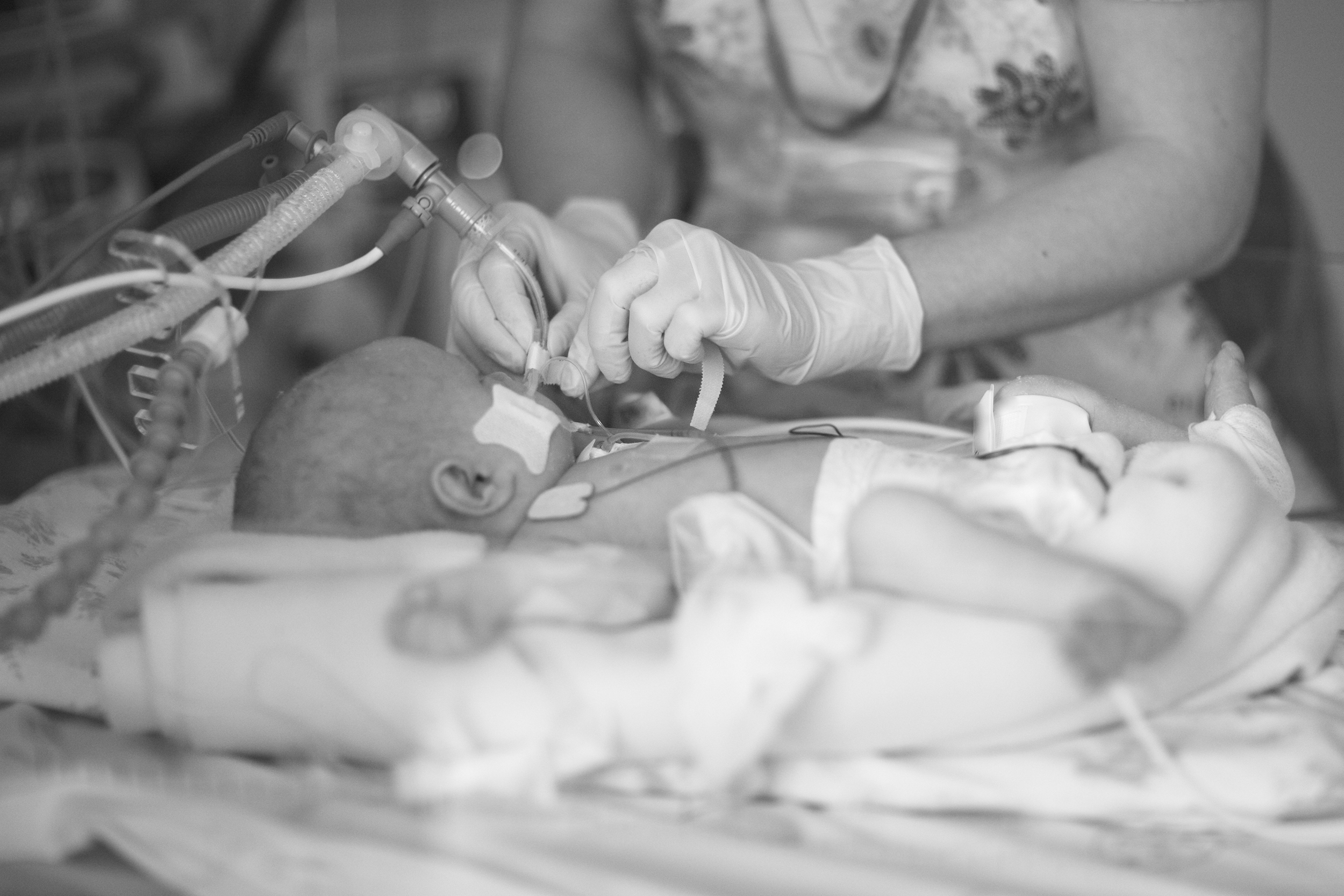Lung Fibrosis in Newborn Rats Treated with Oxygen Eased by Drug Therapy
Written by |

A new study from the Children’s Hospital of Chongqing Medical University, China, reports that the drug fasudil helps to prevent lung fibrosis development in newborn rats exposed to prolonged oxygen treatment by blocking the Rho/ROCK signaling pathway.
While high levels of oxygen given to at-risk newborn infants is a life-saving procedure, researchers and clinicians know that prolonged exposure leads to inflammation and pathological changes in lung tissue, and can cause pulmonary fibrosis.
Earlier studies have shown that fasudil, a drug originally developed as a vasodilator, can alleviate tissue fibrosis by reducing inflammation and blocking the transition of normal fibroblasts to disease-causing myofibroblasts. Studies in adult mice showed that fasudil is effective in relieving lung fibrosis, but, until now, few studies have looked into the effects of fasudil in neonates.
Fasudil is known to alter the activity of the Rho/ROCK pathway — a sequence of molecular signaling events impacting numerous biological processes, including fibrosis formation. An increased Rho/ROCK signaling is believed to induce fibrosis by several mechanisms, including spurring the conversion of fibroblasts to myofibroblasts.
The authors decided to investigate how long-term oxygen exposure affects the neonatal lung, and how fasudil might alter these changes.
The study, “Fasudil, an inhibitor of Rho-associated coiled-coil kinase, attenuates hyperoxia-induced pulmonary fibrosis in neonatal rats,” was published in the International Journal of Clinical and Experimental Pathology.
Researchers divided neonatal rats into two equal groups, and exposed half to 95 percent oxygen and the other half to room air (21 percent oxygen) for 21 days. It then further divided the animals into four groups: rats exposed to high oxygen receiving either fasudil or placebo, and rats exposed to air receiving either fasudil or placebo. In this way, the researchers could investigate the effects of both hyperoxia and drug treatment independently.
The study showed that high oxygen reduced body weight and survival in both the fasudil-treated and control (placebo) rats. It also reduced alveolar development and altered lung tissue structure by inducing lesions characterized by thickening of alveolar walls, alveolar collapse, and collagen deposition. Newborn rats exposed to oxygen also had higher levels of the pro-fibrotic molecules TGF-β and CTGF protein, and more myofibroblasts, confirming the results of earlier research in the field.
Fasudil reduced the levels of collagen and the extent and intensity of the lesions, but did not entirely prevent lesions from occurring. It also lowered the levels of TGF-β and CTGF and reduced the number of myofibroblasts.
The researchers then looked in detail at the Rho/ROCK signaling pathway by measuring the levels of the important constituents ROCK1 and the phosphorylation of MYPT1. The team saw high levels of MYPT1 phosphorylation, indicating activation of the pathway.
The Rho/ROCK pathway is suspected to play a role in fibrosis buildup, and also in the development of normal lung function in infants. The data showed that while fasudil could reduce fibrosis development by blocking the Rho/ROCK pathway, healthy development was not altered. The authors speculated that fasudil might not entirely block the Rho/ROCK pathway, and the low levels of activity remaining are enough for normal lung development.
Fasudil did not, however, have a beneficial effect on body weight and survival rate in rats exposed to high oxygen, and the authors argued that low tissue blood penetrance seen with the injected drug might impact the health of oxygen-exposed neonates in a negative way.
If fasudil is to be considered as a treatment for newborns exposed to high oxygen levels, this issue needs to be addressed. The authors suggested that the inhaled drug might have less systemic impact in infants, and hence have a more favorable safety profile. More studies are needed to evaluate fasudil for blocking fibrosis development in newborns exposed to prolonged high levels of oxygen.






